Semi-trailers are indispensable in the logistics and transportation industry. They serve as the backbone of freight transport, offering an efficient means to move goods across vast distances. Understanding the dimensions of semi-trailers is crucial for manufacturers, operators, and companies engaged in shipping. In this guide, we aim to provide an in-depth examination of semi-trailer dimensions, types, and their implications on load capacity and compliance with regulations.
1. The Basics of Semi-Trailer Dimensions
1.1 Definition and Structure
A semi-trailer is a trailer designed to be towed by a truck or a tractor unit. Unlike a full trailer, which has wheels at both ends, the semi-trailer is supported at the front by the tractor unit, allowing for a significant reduction in weight and improved maneuverability. Understanding its dimensions involves examining various specific measurements:
- Overall Length: The total length from the front to the back of the trailer.
- Overall Width: The width across the widest point of the semi-trailer.
- Overall Height: The distance from the ground to the highest point of the trailer.
- Cargo Area Dimensions: Includes length, width, and height of the space available for loading goods.
- Kingpin Setting: The distance from the kingpin to the rear of the trailer, vital for weight distribution and compliance.
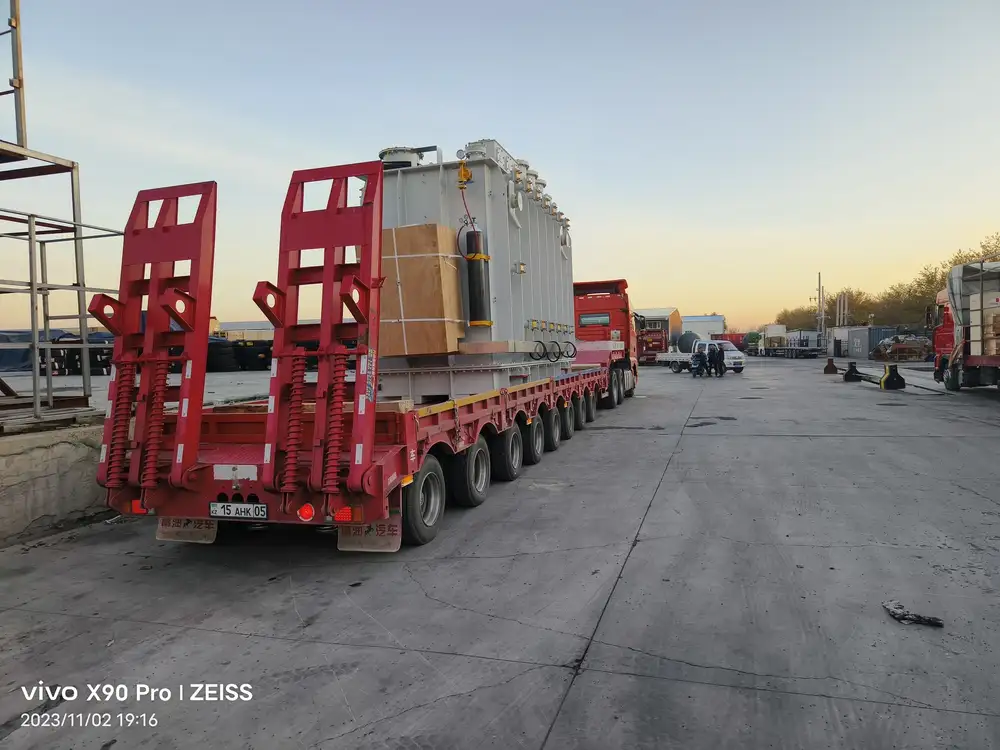
Table 1: Standard Dimensions of Semi-Trailers
| Dimension | Standard Measurement (US) | Metric Measurement |
|---|---|---|
| Overall Length | 53 feet | 16.15 meters |
| Overall Width | 102 inches | 2.59 meters |
| Overall Height | 13.5 feet | 4.1 meters |
| Cargo Area Length | 53 feet | 16.15 meters |
| Cargo Area Width | 102 inches | 2.59 meters |
| Cargo Area Height | 8.5 feet | 2.6 meters |
| Kingpin Setting | 34 to 42 inches | 0.86 to 1.07 meters |
2. Types of Semi-Trailers and Their Dimensions
The semi-trailer category is vast and diverse, covering various designs tailored to suit different cargo types. Below, we explore some common types of semi-trailers and their typical dimensions.
2.1 Flatbed Semi-Trailers
Flatbed trailers are designed without sides or a roof, providing easy access for loading and unloading bulky or oversized cargo.
- Standard Length: Ranges from 40 to 53 feet.
- Width: Generally 102 inches.
- Height: Around 8.5 feet.
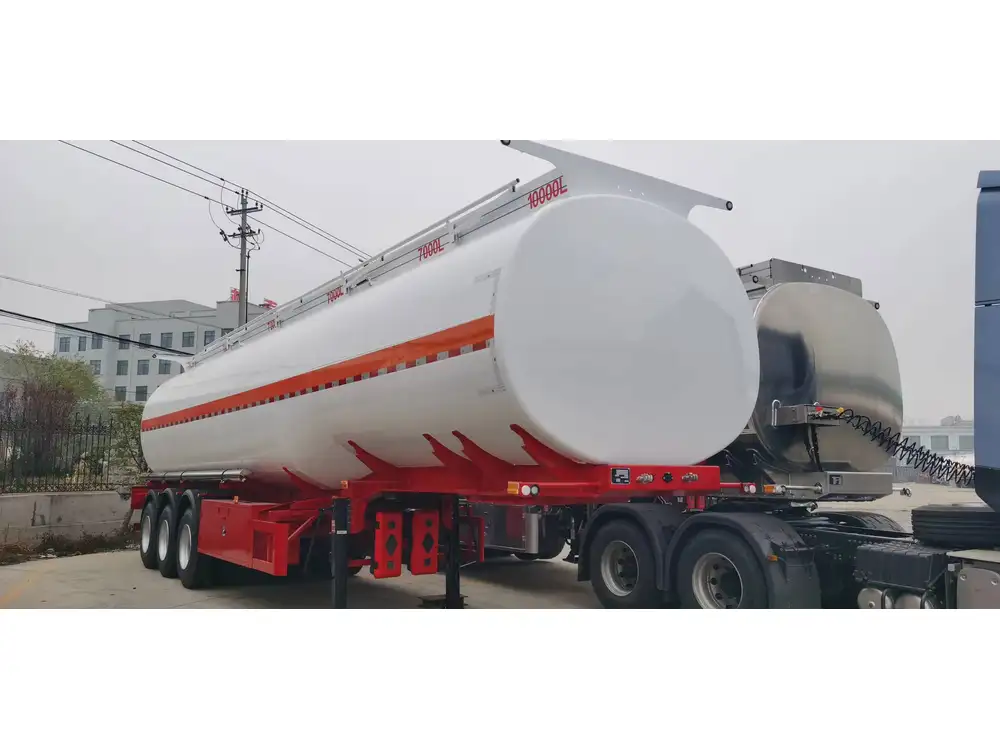
2.2 Dry Van Semi-Trailers
These enclosed trailers protect cargo from the elements, making them suitable for a wide variety of goods.
- Standard Length: Typically 48 or 53 feet.
- Width: Standard at 102 inches.
- Height: Generally maintained at 13.5 feet.
2.3 Refrigerated (Reefer) Semi-Trailers
Reefers are specially designed for carrying perishable goods, featuring insulation and a refrigeration unit.
- Standard Length: Ranges from 48 to 53 feet.
- Width: Fixed at 102 inches.
- Height: Typically about 13.5 feet or slightly more depending on the insulation.
2.4 Tanker Semi-Trailers
Used for transporting liquids, tanker dimensions vary greatly based on the type of liquid being transported.
- Standard Length: Usually 40 to 53 feet.
- Diameter: Varies but typically between 96 to 102 inches.
- Height: Generally keeps to the standard 13.5 feet.
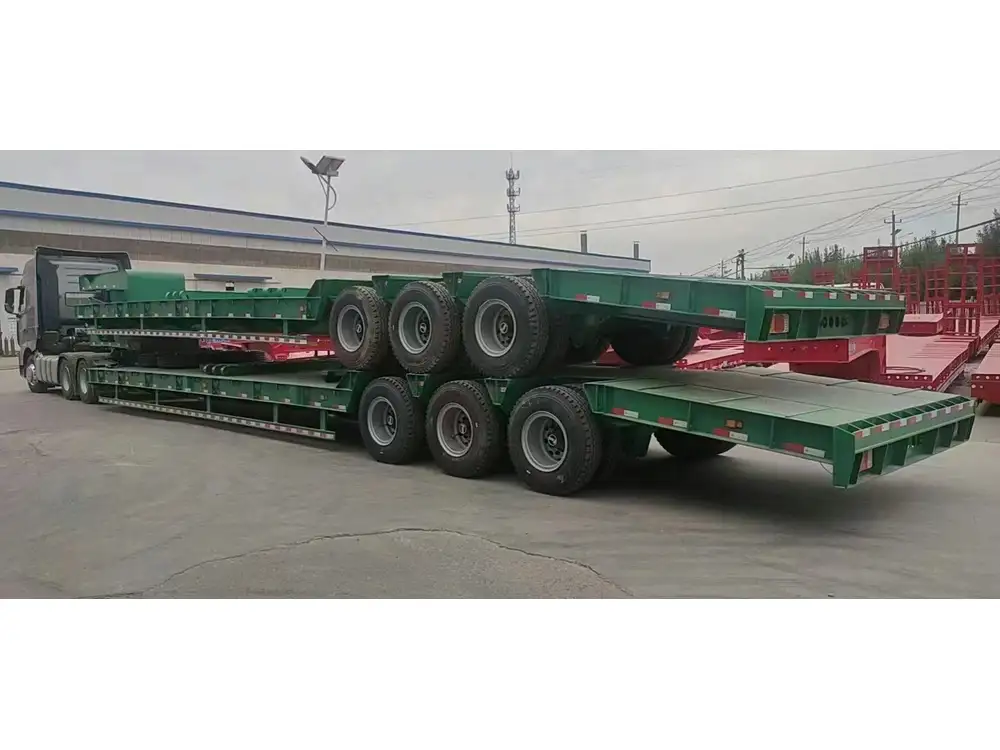
3. Important Considerations for Semi-Trailer Dimensions
When selecting a semi-trailer, several factors related to the dimensions come into play. These influence not just the choice of trailer but also operational efficiency and safety.
3.1 Load Capacity
The dimensions of a semi-trailer directly affect its load capacity. The internal cargo area measurements dictate how much freight can be securely stored. This is critical for maximizing profitability while ensuring compliance with legal load limits.
- Impact of Dimensions on Load Capacity:
- Volume: The greater the cubic capacity, the more goods can be transported.
- Weight Distribution: Proper dimensional planning helps in maintaining legal weight limits across truck axles to avoid fines and enhance safety.
3.2 Compliance with Regulations
Each state or country has specific regulations governing the dimensions of semi-trailers to ensure safety on the roads. Understanding these regulations is paramount for manufacturers and operators.
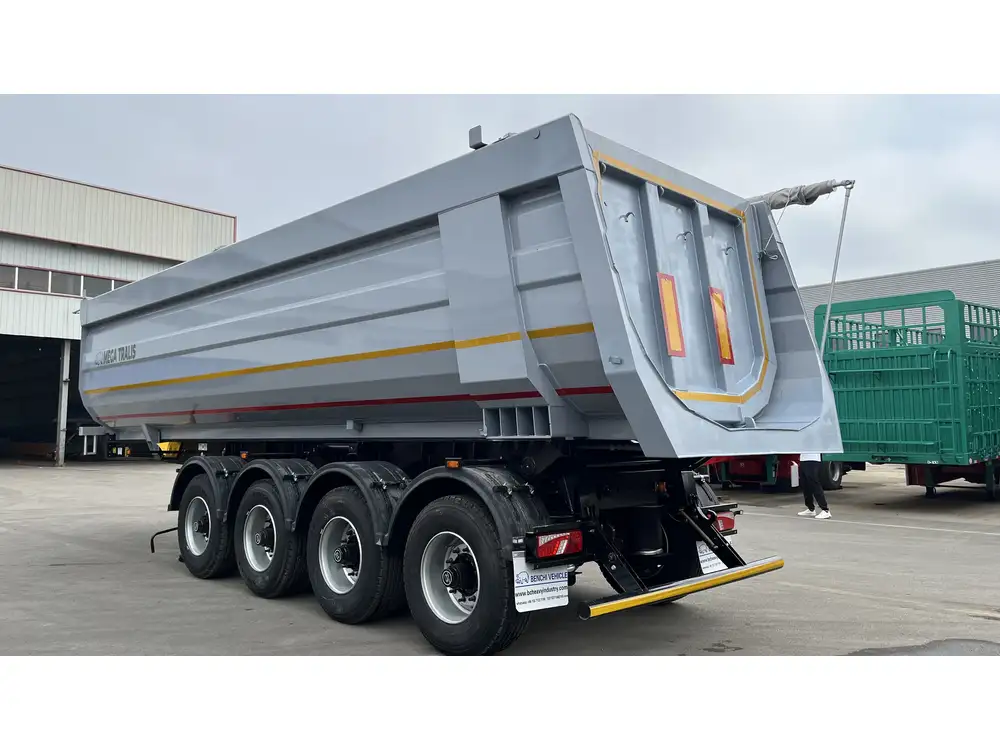
Table 2: Common Regulatory Standards
| Region | Maximum Length | Maximum Width | Maximum Height |
|---|---|---|---|
| United States | 53 feet | 102 inches | 13.5 feet |
| European Union | 16.5 meters | 2.55 meters | 4.0 meters |
| Australia | 19 meters | 2.5 meters | 4.3 meters |
3.3 Maneuverability
The dimensional attributes of a semi-trailer affect its maneuverability, especially when navigating tight spaces or making sharp turns.
- Effective Turn Radius: Longer trailers may require larger turning circles, impacting logistics and delivery times.
- Stability and Safety: The height and width influence how stable a load is during transit, affecting the risk of rollovers, particularly for taller loads.
4. Customizing Semi-Trailer Dimensions for Specific Needs
As the demand for specialized freight transportation grows, many manufacturers offer customization options for semi-trailers. Adjusting dimensions can lead to improved efficiency for specific industries such as automotive, agriculture, and construction.

4.1 Custom Lengths
Tailoring the length of a trailer can optimize cargo space and enhance ergonomics in loading and unloading.
- Benefits of Custom Lengths:
- Improved load management
- Better fitting in loading docks
- Enhanced aerodynamics leading to fuel savings
4.2 Height Adjustments
Adjusting the height of a semi-trailer may be crucial for transporting taller payloads or for compliance with loading dock constraints.
- Implications of Height:
- Enabling transportation of specialized goods.
- Compliance with local clearance regulations.
4.3 Specialized Features
Integration of features such as curtainsides for flatbeds or double-deck systems to maximize space in dry vans can significantly improve operational efficiency.
- Examples of Specialized Features:
- Air ride suspension for better stability
- Customizable tie-down points for secure load management
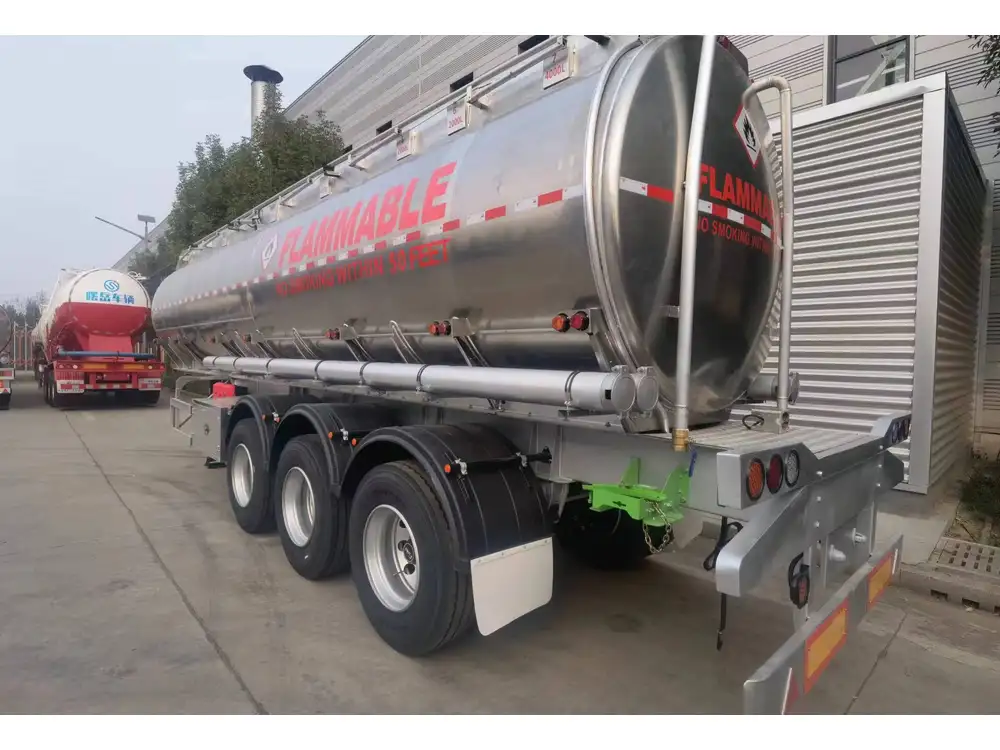
5. Future Trends in Semi-Trailer Dimensions
The logistics industry is continually evolving, influenced by technological advancements, environmental regulations, and changes in consumer demand.
5.1 Automation and Smart Trailers
With automation on the rise, the development of smart trailers will likely influence design and dimensions.
- Smart Sensors: Monitoring weight and cargo distribution can enhance safety and efficiency.
- Telematics: Real-time data can help adjust routes based on height and weight compliance.
5.2 Sustainable Design Trends
As sustainability becomes a focal point in manufacturing, semi-trailer design dimensions will evolve to accommodate eco-friendly practices.
- Lightweight Materials: Reducing trailer weight while maintaining strength can improve fuel efficiency.
- Aerodynamic Designs: Trailer shapes that minimize wind resistance can lead to reduced emissions and operating costs.

6. Conclusion
Understanding the dimensions of semi-trailers is crucial in the transportation industry. It affects not only the practicality of logistics operations but also compliance with regulations, load capacities, and overall safety on the roads. By considering the specifics discussed in this guide, businesses can make informed decisions about choosing the right semi-trailers that meet their operational needs while aligning with industry standards.
As the industry evolves, staying updated on the dimensions and innovations will be vital for maintaining competitive advantages and operational efficiency. Engaging with experts and leveraging customization options ensures that you remain at the forefront of the transportation sector. With the complexities associated with semi-trailer dimensions well outlined, we empower businesses to optimize their freight solutions effectively.



